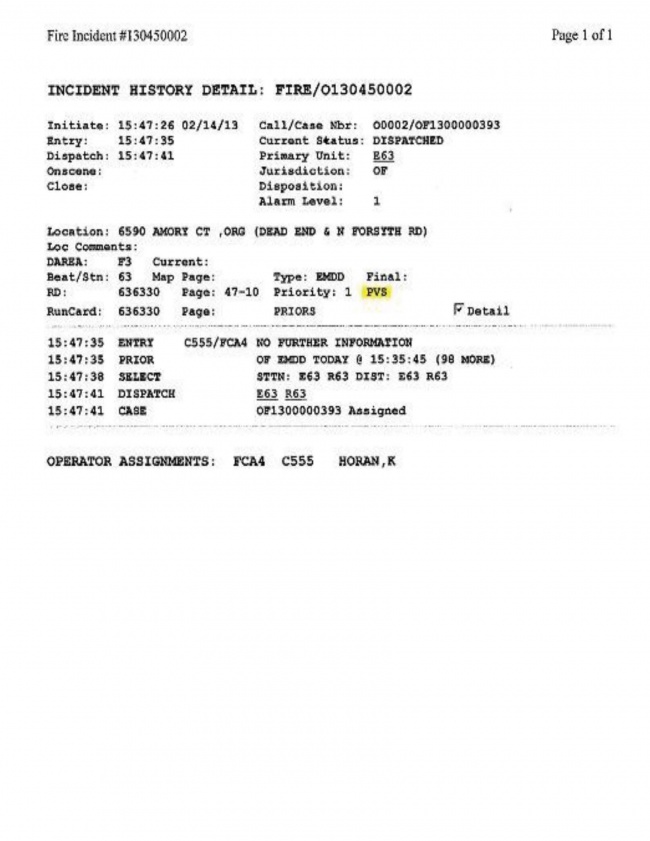Dispatch for Potentially Violent Situations
Contents
Section 2 - EMERGENCY OPERATIONS
240.06 Dispatch for Potentially Violent Situations
PURPOSE:
To establish a guideline for Fire/Rescue personnel when dispatched to Potentially Violent Situations.
PROCEDURE:
As a method of informing responding personnel of potentially violent emergency scenes as quickly as possible, the Communications Center will be amending dispatch procedures. On Monday, February 18th, the Communications Center will change the manner in which 911 calls involving potentially violent or unstable situations are verbally dispatched. If it is determined at the time of the 911 call that a situation is a potential danger to Fire Rescue and EMS responders, the call will be sent out as an EMDD and will be verbally dispatched as a “Potentially Violent Situation” (PVS). An example of a dispatch will be:
“Engine 42, Rescue 42 - Potentially Violent Situation - 123 Main Street.”
Upon dispatch of the call, the 911 Call Taker will continue to gather critical information that will be immediately passed on to the alarm channel dispatcher and all responding personnel. Additional information will be provided in its entirety as it is received from the 911 caller or the law enforcement agency having jurisdiction. The PVS abbreviation will also appear on the MDC as shown below.
The PVS notification is not an automatic indicator of the need for units to stage. This notification is meant to provide early warning of a potentially dangerous situation and the need for responding personnel to begin soliciting, interpreting, and analyzing all available information to determine if the scene is safe to enter. It will be the responsibility of the Company Officer or lead crew member to evaluate the information provided by the dispatcher when determining the need to Stage.

